- Learning time
- 10 minutes
- First play time
- 40 minutes
Patchwork
Designed by: Uwe Rosenberg
Patchwork is a very pretty two-player game, in which players collect tetris-like tiles to fill up their 9×9 square player board, whilst racing to grab bonus tiles along the way. All the tile pieces are arranged in the middle of the table in a large circle, and a pawn is placed by the smallest. On a players turn, they can move the pawn to any of the three tiles ahead of it, and purchase the tile, placing it on their player board. The cost of tiles is two-fold – there may be a cost in buttons (players start with five each), and a cost in ‘time’.
On a separate mini board (this might be starting to sound complicated, but in practice it’s fairly intuitive), players move a piece forward a number of squares according to the time cost of the tile they’ve bought. Whoever is behind on this board get’s to purchase tiles, so you can take more than one turn at once if you’re canny.
So once you’re out of buttons, how do you buy more tiles? Well, there are spaces on the time board that pay out buttons when you pass them – you get buttons equal to the number of buttons on tiles on your board; so you want to time your advancement on the board to ensure you have a steady income of buttons with which to buy more tiles. Added to this, buttons are your points at the end of the game, making them a doubly precious commodity.
Once both players have reached the end of the time board, the game is over. Players subtract two points for each empty space on their patchwork, and add up the number of buttons they’ve accrued to find the winner (there’s also a 7 point bonus for the first player to fill a 7×7 portion of their board).
It’s a lovely looking game – each tile has a unique quilting pattern on it, and the boards look satisfyingly gorgeous as you build up your patchwork. But underneath the cosy exterior is a fairly tough little two-player battle, with plenty of scope for strategy and messing with your opponent.
Joe says
A friend has described Patchwork as an 'economic game' - you are spending time and buttons to produce more buttons. As such, it's a drier game than the prettiness would suggest, though the tetris-style build up of tiles on the player board adds a satisfying spacial element for younger players.
The guru's verdict
-
Take That!
Take That!
To play efficiently requires spotting moves that will benefit you and mess up your opponent. But as with many games, you can play gently if you're less worried about winning.
-
Fidget Factor!
Fidget Factor!
Play moves swiftly, even if you are able to take several goes at once.
-
Brain Burn!
Brain Burn!
Again, if you're playing to win, it's worth working out the cost versus reward for each tile you buy; but it's not necessary in order to enjoy the game.
-
Again Again!
Again Again!
A game takes 30 minutes, and you could easily play best of three in a session if so desired. The random set-up of the tiles will make each game play out quite differently, and there's some interesting strategic depth to be discovered once you've played a few times.

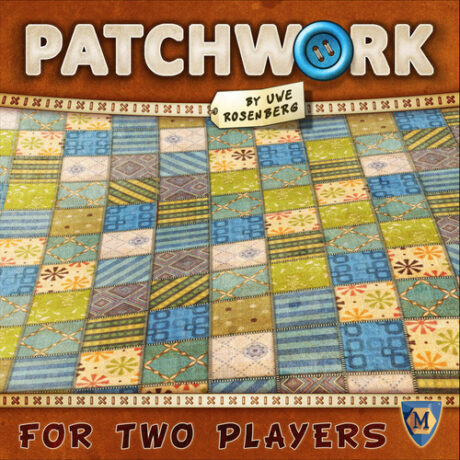
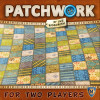

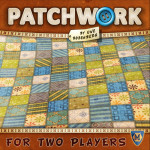
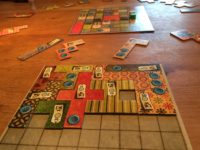
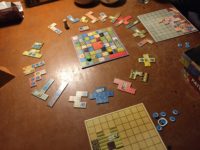


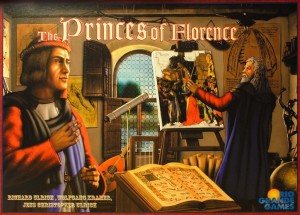
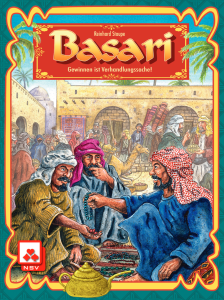
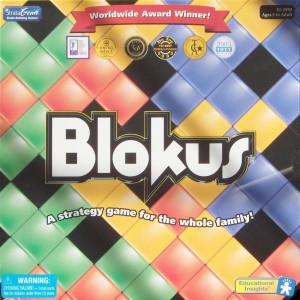


Sam says
If the theme is quaint enough to put you in mind of kindly old Aunts or school projects, the actual play can be brutal! If you like a battle, you might find Patchwork can be harder on you than many games of combat. For a gentler game with a similar pattern-laying challenge, try Cottage Garden. For a more complicated one, go for the beast that is A Feast for Odin!